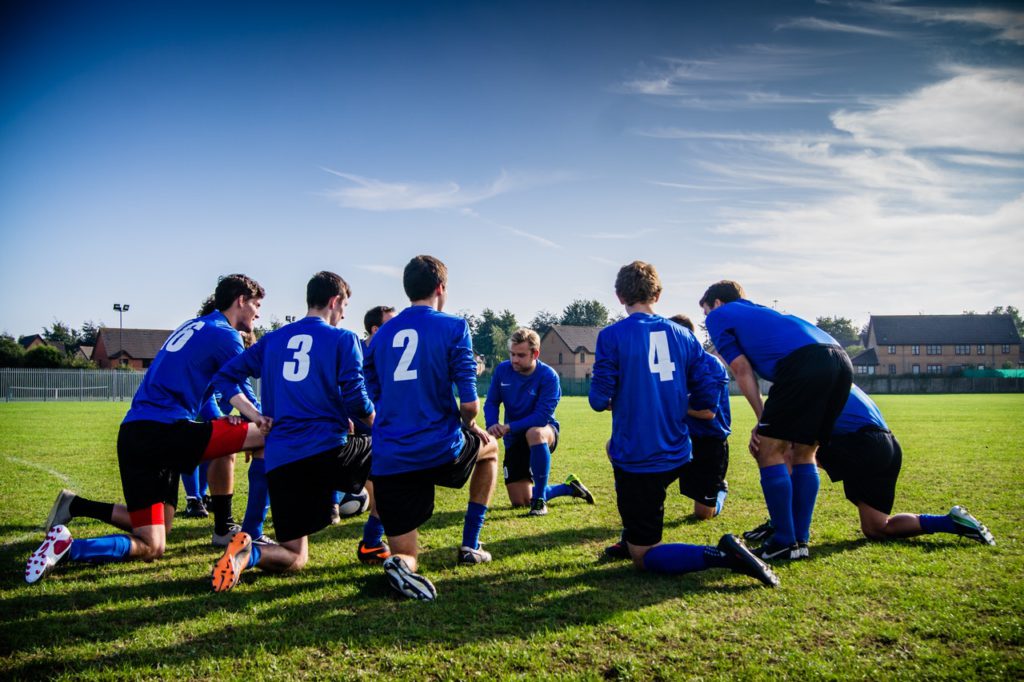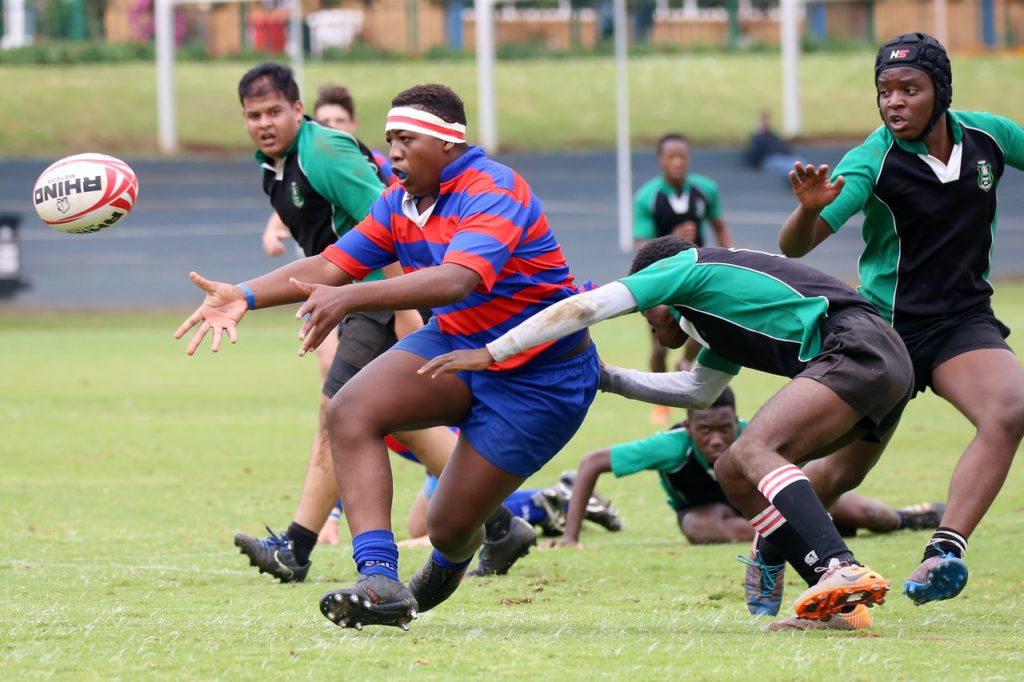How Covid-19 has changed the world of community sport
The pandemic has had serious consequences for the world of sport. One of the most devastating has been the impact Covid-19 has had on community sport and its participants. It is easy to see how the prestigious sports of professionals have been impacted since the beginning of the Covid-19 pandemic. From professional sports tournaments to domestic and international football, the high-profile NBA & WNBA, even the Olympics in Tokyo has seen the havoc this highly infectious disease can bring with it. One area of sport that felt the most drastic impact was that of community sport.
The changes to community sport because of Covid-19
As the spread of the virus began to take hold, there were many areas of life affected by the changes to people’s ability to engage with one another. Sporting endeavours go beyond the mere physical exercise. It is often the chance to connect and interact with others that drives people to undertake a sport. The fitness side of the equation is balanced by a need for community engagement. This is where sport is seen as an integral part of community. Without that outlet, thousands of Australian lives were impacted by the restrictions on gatherings. A large number of people found that they missed sport in their life through the early stages of the pandemic and the impact of Covid-19 constraints. More than 40% of Australians were yearning for the bonds of organised sport but the subsequent concerns about the Coronavirus, along with other commitments were key factors in adults giving up to their chosen sport. There was also a sharp drop in adults who volunteered in a community sport capacity once Covid-19 hit, but by March 2021, more than half had resumed their volunteer roles.
The change to youth sport and engagement
With the impact of the pandemic being felt in community sport, there was a sharp decline in the ability of children to undertake any form of team sport. Whilst schools and early childhood centres were kept open as long and as often as possible, there was severely restricted team competition or interschool sports. Teaching roles, various childcare jobs, school and early learning administrative positions were still needed during most of the restrictions. Those positions and programs involving sport and physical education were more severely affected than other subjects in the curriculum. The ability for students to undertake swimming lessons was just one example of the changes to sporting activities. Other sporting programs were hampered and often postponed or cancelled as a result of lockdown guidelines.
The uptake in exercise

There was one change that has been viewed as a positive out of all the turmoil. There was a significant increase in people taking up exercise. This was noted across a number of Covid-19 impact reports. Studies have shown that there was a distinct rise in the frequency with which people have been exercising since the beginning of the pandemic. This is most noticeable with those who were exercising only 1 or 2 times a week. With the enforced restrictions of movement that came with the stricter lockdowns, there was the opportunity of leaving the home for exercise. This is when larger numbers of people took up jogging, cycling and walking within the limited distance of their homes. It was this response to maintaining health and well-being that surprised many, especially in the face of an epidemic that threatened to overwhelm greater parts of the community. With the correct safety measures in place such as social distancing and the wearing of masks, the uptake in exercise and sporting endeavours continued to flourish.
Sales growth in sports clothing
As the general public took up more exercise, there was a consequent spike in the sales of sports and leisurewear. Large department stores and specialist sportswear shops all saw an increased demand for athletic clothing that coincided with the additional fitness activities undertaken by the community. While the demand for the more casual leisurewear grew, there was a comparative drop in the market for high-profile sports clothing such as;
- Basketball team apparel
- Football jerseys
- AFL jumpers
- Cricket clothing
- Netball outfits and more
The postponement of the season for major sports leagues meant a loss of media coverage. With the daily progress of the pandemic taking centre stage, there was dramatically less focus on sport and more on the disruptions being suffered. This was seen as one of the reasons for the drop in demand for sporting apparel and merchandise.
Two sports that grew and some that changed their approach
There were two sports that took off from the beginning of the Covid-19 outbreak. These were golf and tennis. The uptake in both sports was astronomical, with over 250,000 more adult Australians playing golf than the previous year and over 180,000 more participating in tennis. Where community sport and its inherent team game aspect suffered during the strict lockdown conditions, the growth was considerable for sports and activities that could already meet social-distancing measures. Women were seen as the impetus for the growth in walking, swimming, running and yoga. The demand for ‘at-home’ exercise saw the greatest rise of all. Those people who were suddenly unable to participate in community sport took the initiative to find ways to remain fit while their movements were restricted. Whilst gyms were closed for an indeterminate time, many offered online workouts and fitness programs to encourage members to keep up their fitness level.
The financial strain of Covid-19
The most drastic change since the outbreak of Covid-19 has been the health crisis across the globe. The other major impact has been economic disaster left in its wake. With businesses shutting down and demand for goods dropping sharply, there has also been inability to source goods and to transport them throughout the world-wide network. Government schemes have been designed and structured to support businesses and their employees. The loss of revenue has been accompanied by a growing inability to pay for ongoing costs.
Community sport is one area that has been hit hardest by this financial strain and it threatens the existence of thousands of community sports clubs throughout Australia and the wider world. With the steep drop in revenue and the need to pay ongoing costs, it was found that 9 out of 10 community sports clubs were badly affected and 25% of all clubs were at risk of closure without government assistance. Despite the goodwill of both participants and club supporters, there is a real chance that a swathe of community sports clubs will need to reassess their position and ability to function on a regular basis.
With the pandemic far from over and new and more infectious strains a real possibility, there is a sense that it is not just aspects of society such as community sport that will be bearing the brunt of the pandemic, but the fabric of community itself.
